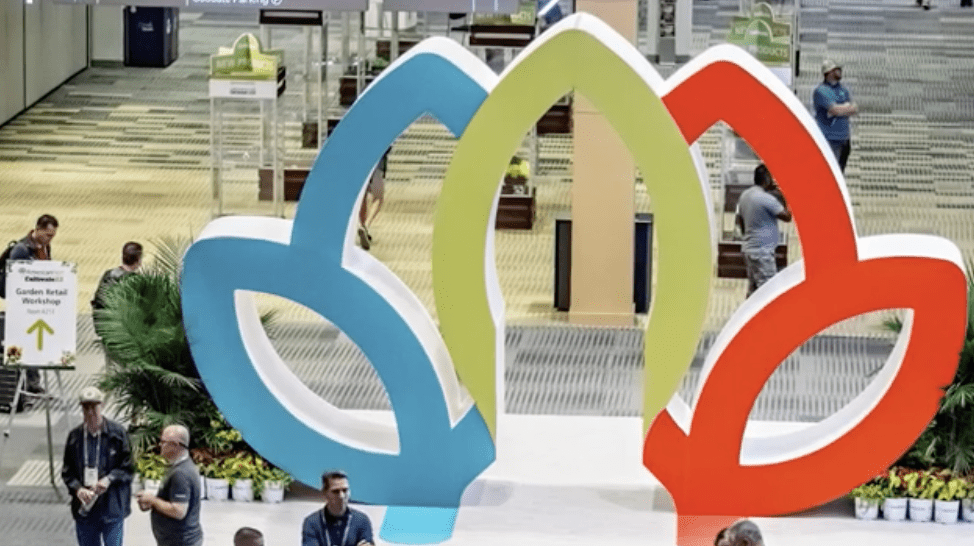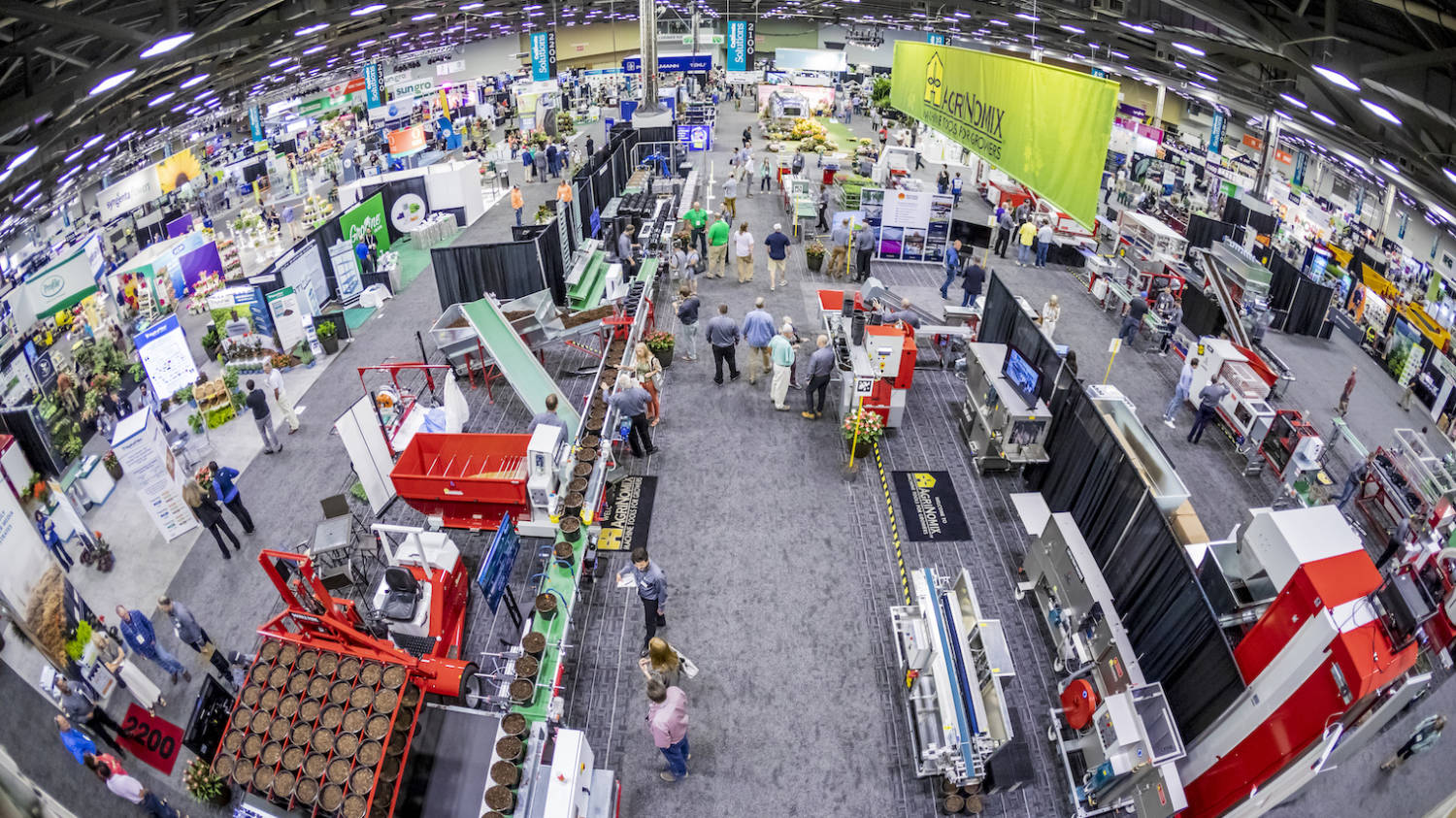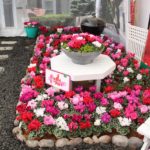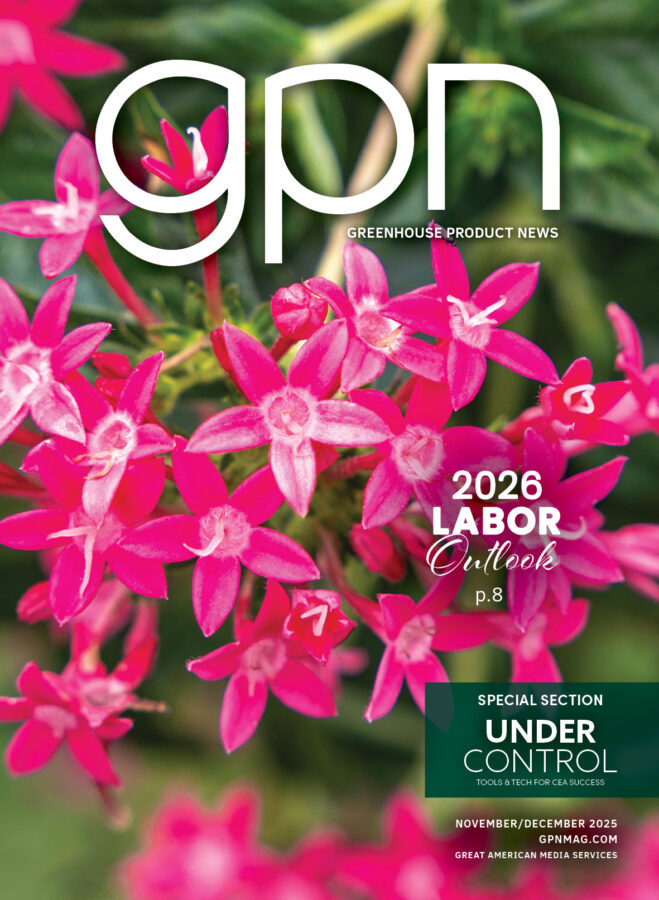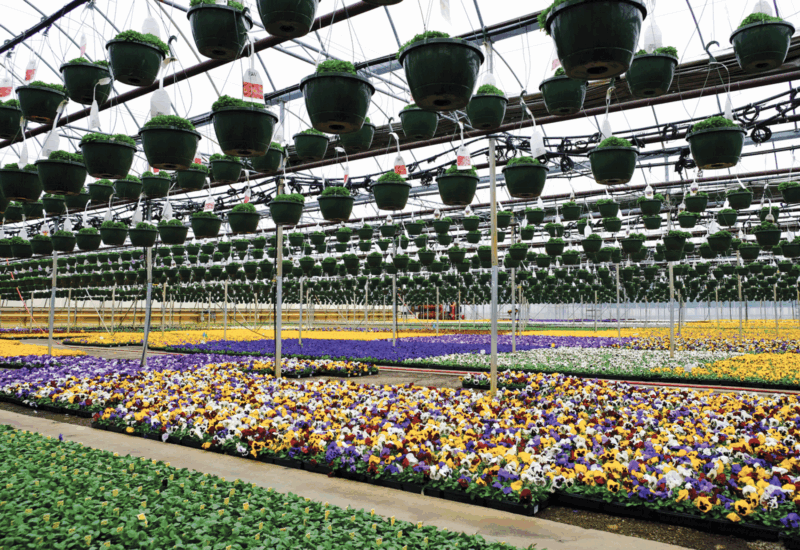
Growers rethink substrate strategies
Ornamental growers are continually looking for ways to lower costs. One input cost that growers regularly look to reduce is for growing substrates.
“Price, in most cases, is the primary reason growers look for alternative substrates,” said Dan Jacques, grower services manager at Sun Gro Horticulture. “Ornamental growers are much more price-sensitive compared to CEA growers of long-term food crops such as tomatoes, peppers and cucumbers. Ornamental growers are under constant pressure to cut costs.” Growers may also consider changing substrates because of supply chain issues.
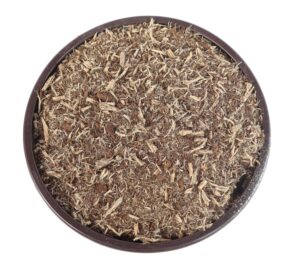
“These supply chain issues could be related to environmental impact, including wildfires and heavy rain events,” said Patrick Veazie, graduate student at North Carolina State University. Veazie is working with different substrate components that are, or could be, used in commercial growing mixes. “The weather-related events impact the ability to harvest and process sphagnum peat moss and other substrate components, including coconut coir and wood fiber.
“Wildfires and heavy rain events in the last five years have impacted the peat harvest. Most of the peat used by commercial growers comes out of Canada. Across Canada, there is a very short window to harvest the peat. Even if a substrate is blended in the U.S., there can still be supply chain source issues. Problems tend to be more prevalent the further away the substrate is produced. If production can be done closer to the end user, there tends to be a more stable supply chain with shorter distances to travel.”
Are growers switching mixing components and substrates to save money?
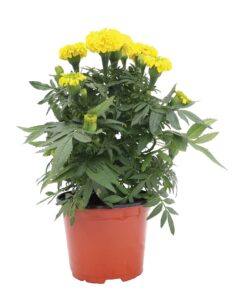
Growers are switching to a different substrate that is comparable to their current substrate in regard to components and properties.
“There is more switching because it is more cost effective,” Jacques said. “Perlite is the component that has been reduced the most in commercial greenhouse mixes. Standard peat-perlite mixes in the past had 20 to 25 percent perlite. Now, the peat-perlite mixes have 10 to 15 percent perlite. That is a significant change in water- holding capacity. Growers have to learn how to water and fertilize differently in these current mixes.”
Jacques said in most cases, growers are looking to reduce the highest-priced substrate component in their mixes.
“Perlite ore is mined in only a few locations, and the companies manufacturing substrate mixes are either buying in expanded perlite or buying the ore and expanding it themselves. Either way, there is a lot of energy expended to expand the perlite ore.”
Jacques said some of the larger growers who are purchasing commercial mixes from Sun Gro have reduced the amount of perlite in those mixes from 20% to 25% down to 0% to 10%.
“Growers have replaced perlite with more peat and also wood fiber,” he said. “Wood fiber is also replacing peat. When there were poor peat harvests for several years in row, wood fiber was used as a replacement. Wood fiber provides more air space similar to perlite but also provides some water-holding capacity like peat moss.
“Growers looked at wood fiber and said they could work with it — especially the ones who mix their own substrates. Looking at straight material costs, growers know they can blend in wood fiber and produce a mix that helps to reduce their peat costs and completely eliminate perlite, allowing them to remove that cost altogether. Eliminating the perlite cost is a really big factor. Depending on location, there may not be a savings in also replacing some of the peat with wood fiber.”
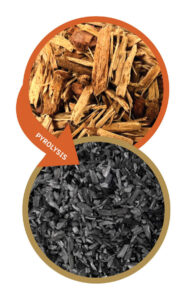
Jacques said both growers who have switched to wood fiber as a mix component and substrate manufacturers that are buying wood fiber to blend into their mixes as either a perlite substitute or as partial peat substitute have been able to find adequate supplies.
“The quality of the wood fiber is relatively consistent,” he said. “The biggest complaint about wood fiber is sometimes it can be difficult to produce a consistent mix because of the properties of the compressed product. Fluffing it back up and blending it in can sometimes be a little difficult.
“The wood fiber from one supplier can be different from the wood fiber from another supplier. Depending on the source and the specific product, some wood fiber is easier to work with than others just because of the differences in how the wood fiber is produced. This is where growers can see some inconsistencies, but those inconsistencies are usually consistent. If there is some clumping of the raw material, then there is going to be about the same amount of clumping all the time. That allows growers to know what to expect over time once they have worked with it. It’s a learning curve for the growers.”
STUDYING SUBSTRATE COMPONENTS
Veazie has studied the production of both ornamental and food crops in wood fiber, coconut coir and biochar. Biochar is produced by heating organic materials, including timber waste, corn cobs or poultry litter, to a high temperature in the absence of oxygen. This manufacturing process is known as pyrolysis. The resulting stable charcoal-like material can add porosity to a substrate similar to perlite with better water-holding properties.
“These alternative components that I’m studying all look promising, with each one having its own pros and cons,” Veazie said. “It is important to stress that one is not better than the other. It’s all about what works for the grower.

“Wood fiber can be used as a perlite replacement or peat extender. Biochar is also a good replacement for perlite. It provided good growth overall with the crops I produced. Coconut coir has been used successfully by growers for a couple of decades.”
Veazie said growers need to determine what properties they want in their substrates and how substrates fit into their current production systems.
“It comes down to: If the plants can’t be sold because they are not being managed properly, it doesn’t matter what substrate is used,” he said. “Price is a driving factor in the development of these alternative substrates.
“I don’t expect peat to go away any time soon. For floriculture crops, most growers have not eliminated peat from their growing substrates. The crops I trialed grew similarly in these alternative substrates compared with how they grow in peat mixes. With food crops, some growers have eliminated peat in their substrates. Strawberries, raspberries and blackberries have been grown commercially in coir.”
Regarding wood fiber, Veazie has worked with a lot of Southern pines, including loblolly pine and some European pines, such as Scots pine.
“As domestic production of these wood fibers increases, prices will likely drop,” he said. “Right now, it’s economy of scale. As far as domestic production, it isn’t quite scaled yet.”
TRIALS GALORE
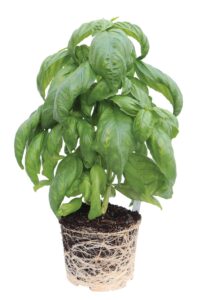
Both Jacques and Veazie said growers have no business switching substrates without first trialing a new substrate with their current crops and production systems.
“The primary reason growers fail when changing substrates is a lack of trialing,” Jacques said. “Growers who buy a substrate because it’s $50 a pallet cheaper than a competing substrate without testing it to see how it fits into their production system are likely going to encounter problems. It’s a case of preparation and understanding how to grow in a new substrate. Most growers are usually aware of their problematic plants. Some growers will choose to trial the plants they feel will be most impacted by the change.”
Veazie said the biggest reason growers fail when trying to switch substrates is from a management aspect.
“Growers either don’t spend the time to train their staff about the new substrate or they treat everything the same going from one substrate to another without making any changes to management,” he said. “Each substrate is unique. Even if they are the same exact blend, the products are going to vary. Take the time to adjust growing practices, which means training employees to check the moisture level to understand how these substrates are going to dry down to adjust for automatic or manual irrigation.”
Veazie said understanding the management of the substrate is critical to switching substrates.
“Are there differences in the handling of the substrate and pot filling process and watering it in?” he said. “When looking to change substrates, growers need to evaluate how the substrate would fit within current growing practices. If looking to switch to an alternative substrate, growers need to trial, but they also need to consider how much time they are going to spend to modify production practices.
“If watering increases dramatically, is the labor available for that? Also, once the plants leave the greenhouse and go into the retail setting, is substrate dry down a concern? Before making the switch, growers need to think about how the new substrate complements current practices throughout the entire production cycle, from filling the pots all the way through to the sale of the plants.”
For more: Sun Gro Horticulture; (413) 627-1412; dan.jacques@sungro.com; sungro.com. Patrick Veazie, North Carolina State University, Horticultural Science Department; phveazie@ncsu.edu.









 Video Library
Video Library 